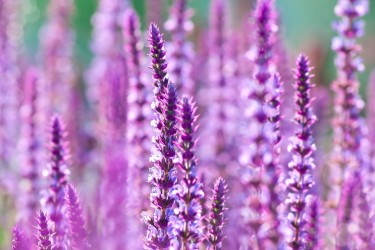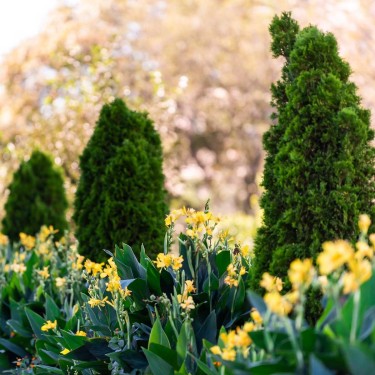Learn how to decode the language on plant labels and see how these common gardening terms can help you be a more successful gardener.
Every editorial product is independently selected, though we may be compensated or receive an affiliate commission if you buy something through our links. Ratings and prices are accurate and items are in stock as of time of publication.
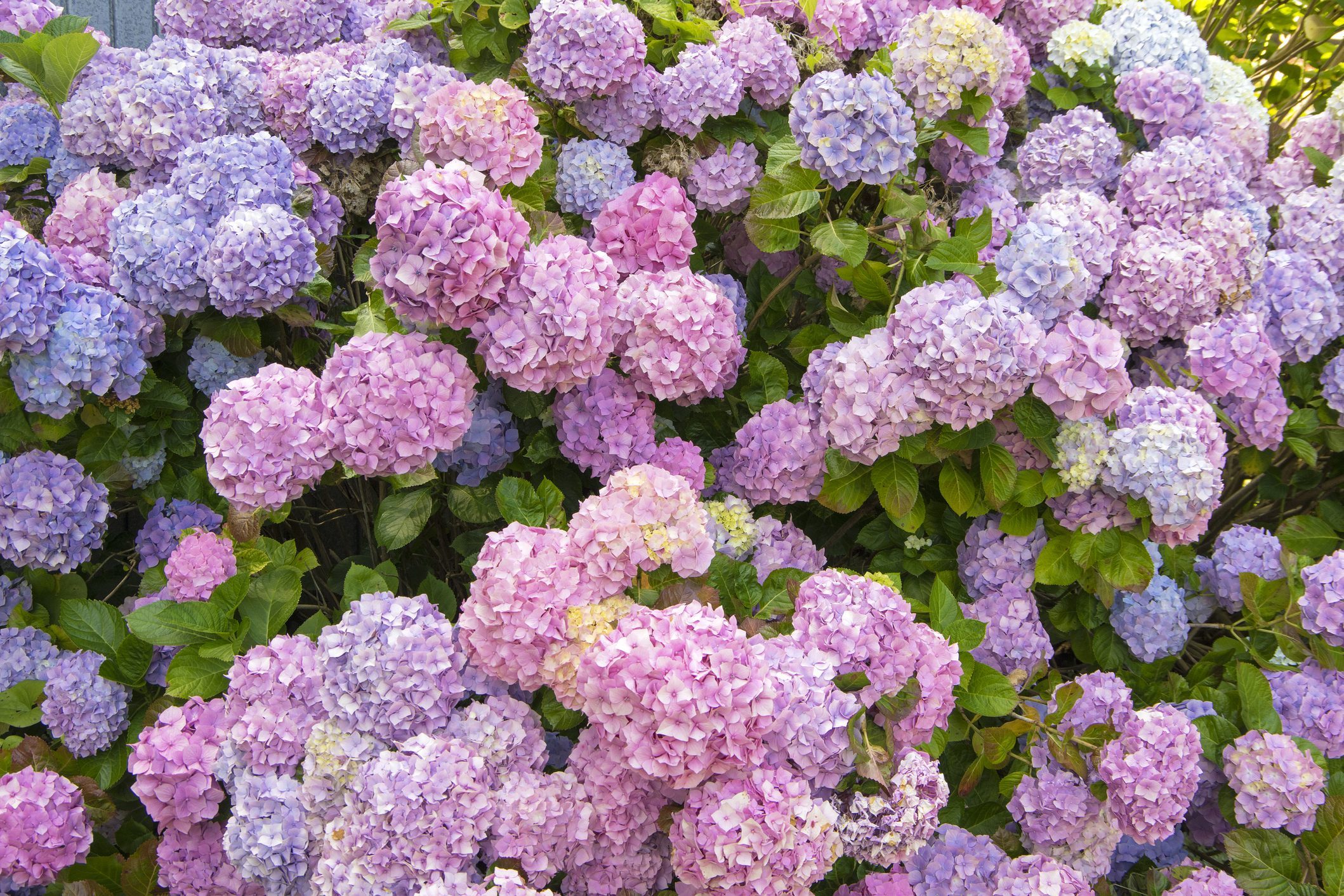
Annual vs. Perennial
Whether a plant can live just one year or multiple years when grown under optimum conditions determines whether it is classified an annual or a perennial. Plants that complete their entire life cycle in one year or less are called annuals. Those that return for three or more years are called perennials.
If you live in a warm climate, some tender plants like lantana, which people in most climates grow as annuals, will survive your mild winter and grow again the following year. If that’s the case, then lantana would be a perennial for you but still be an annual for people who live where the cold winter will wipe it.
Some perennials have a life span of just a few years, but others can live for decades. It depends on the type of plant. Peoniesoften live more than 50 years. But blanket flowers (Gaillardia) usually live just three to five years. Both are classified as perennials.
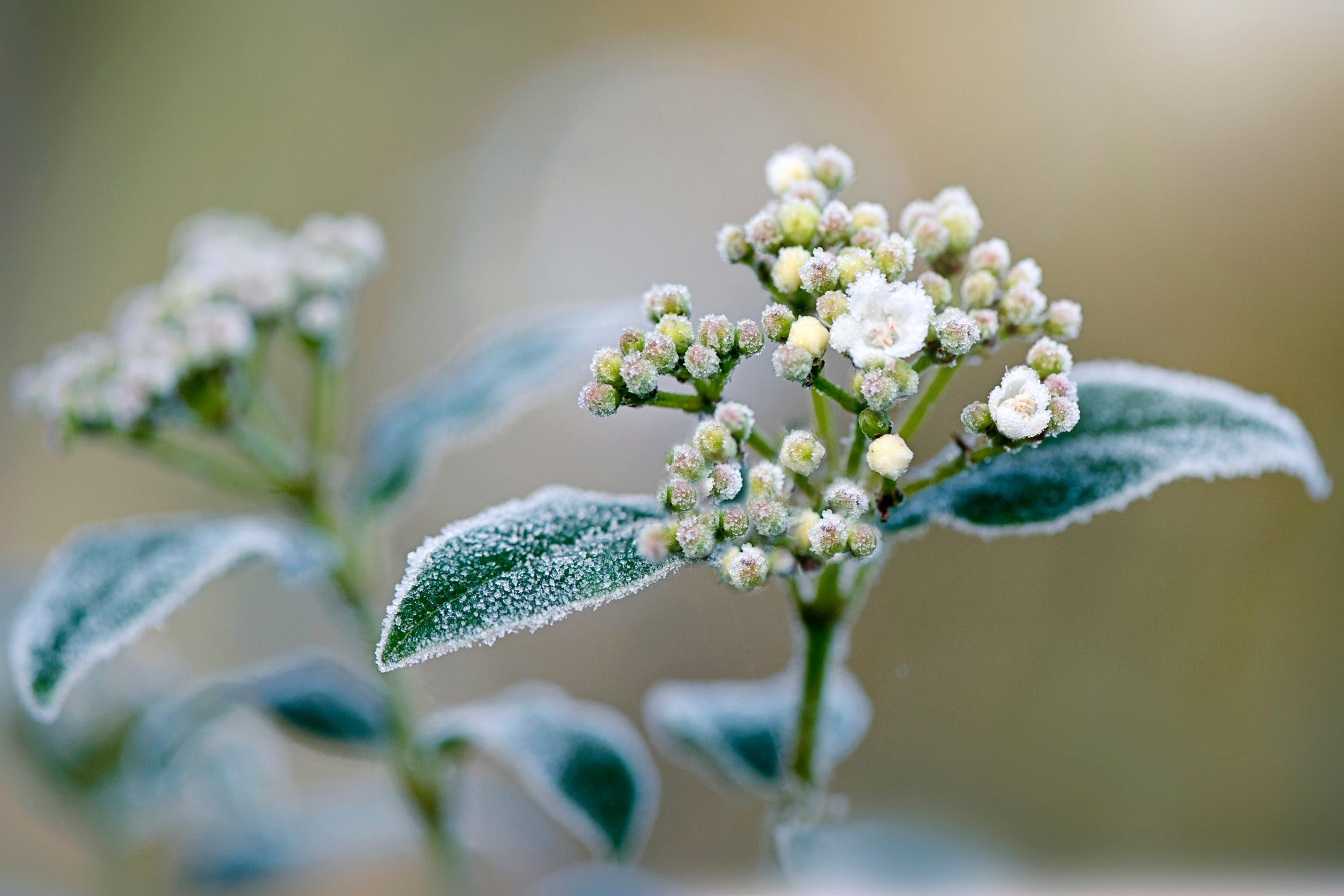
Hardiness Zone
Perennials, trees and shrubs all have a minimum temperature at which they can survive. The Hardiness Zone System for rating cold tolerance, developed by the U.S. Department of Agriculture (USDA), features zones numbered from 1 to 13.
A zone is determined by the average minimum temperature. The continental U.S. ranges from frigid Zone 2 in Northern Minnesota to steamy Zone 11 in Los Angeles, California. The higher the zone, the warmer the climate. These zones are conveniently mapped out by the USDA and searchable by zip code, so it’s easy to determine your area’s Hardiness Zone.
On a perennial, tree or shrub, you’ll find the Hardiness Zone printed on the label and in online plant descriptions. Choose plants whose Hardiness Zone is equal to or less than yours to ensure it will survive the winter. So if you live in Zone 6, choose plants with a Hardiness Zone of 6 or lower.
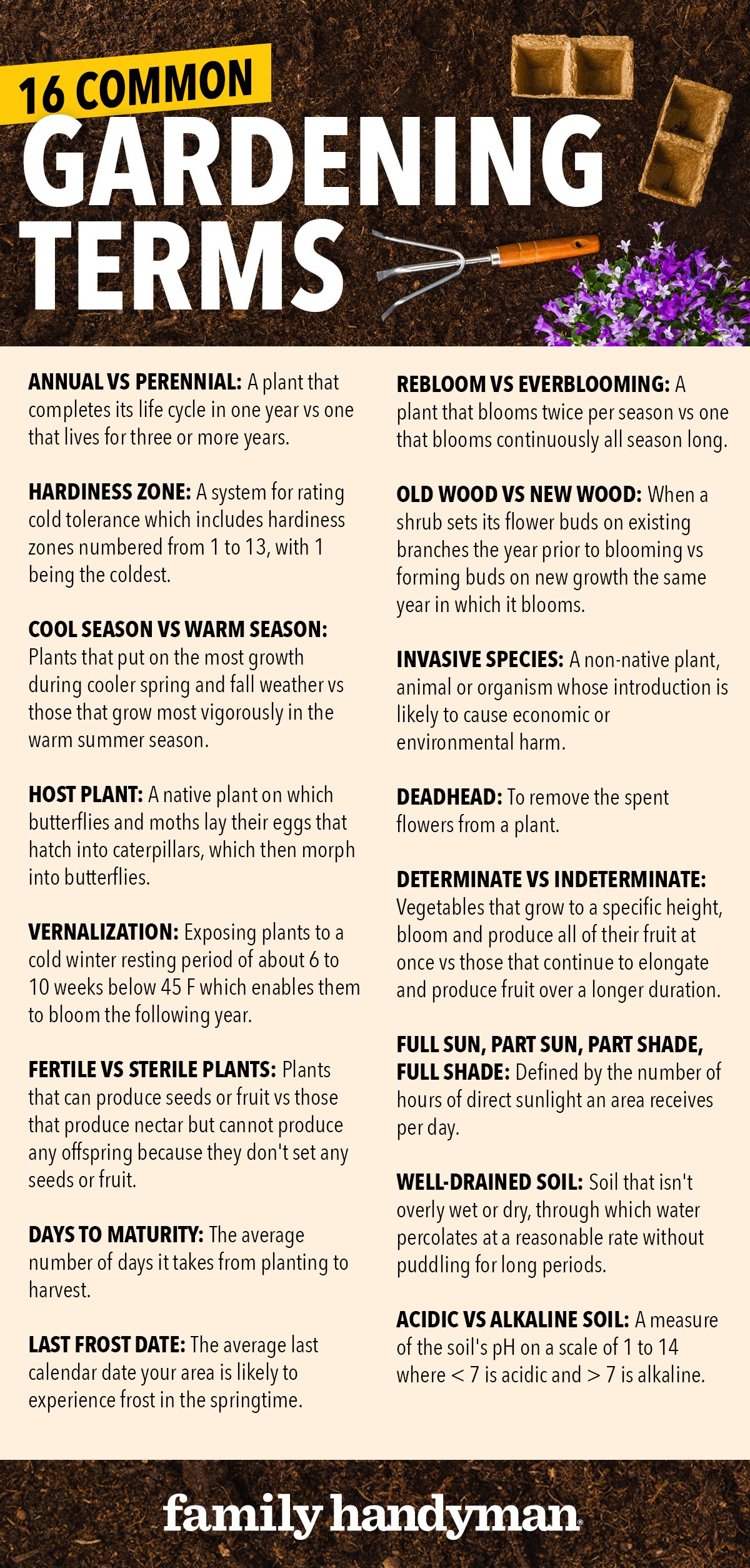
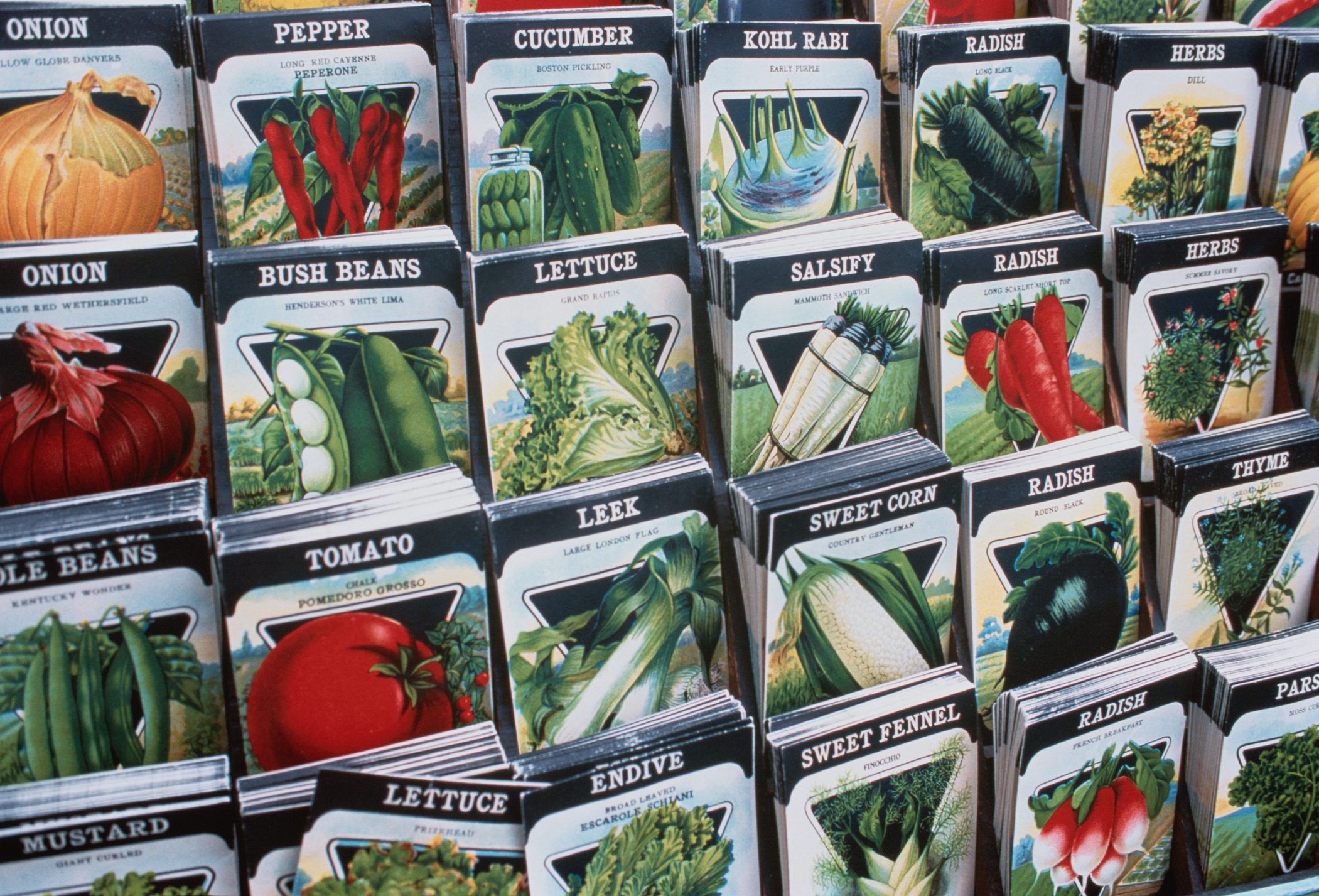
Cool Season vs. Warm Season
If you grow a vegetable garden, you’ve likely come across these terms on seed packets and websites. Vegetables are divided into cool season and warm season groups. Knowing which group yours falls into will help you determine the optimal time to plant those vegetables outside.
Cool season veggies are sown or planted early in the spring or in the fall because they grow best in cooler weather. Lettuce, asparagus, broccoli, carrots and Brussels sprouts are all cool season crops.
Warm season veggies are sown or planted in late spring to early summer when the warm, humid air stimulates growth. By the time the cooler fall weather returns, they’re finished producing for the season. Tomatoes, peppers, cucumbers, zucchini, potatoes and watermelon are all warm season crops.
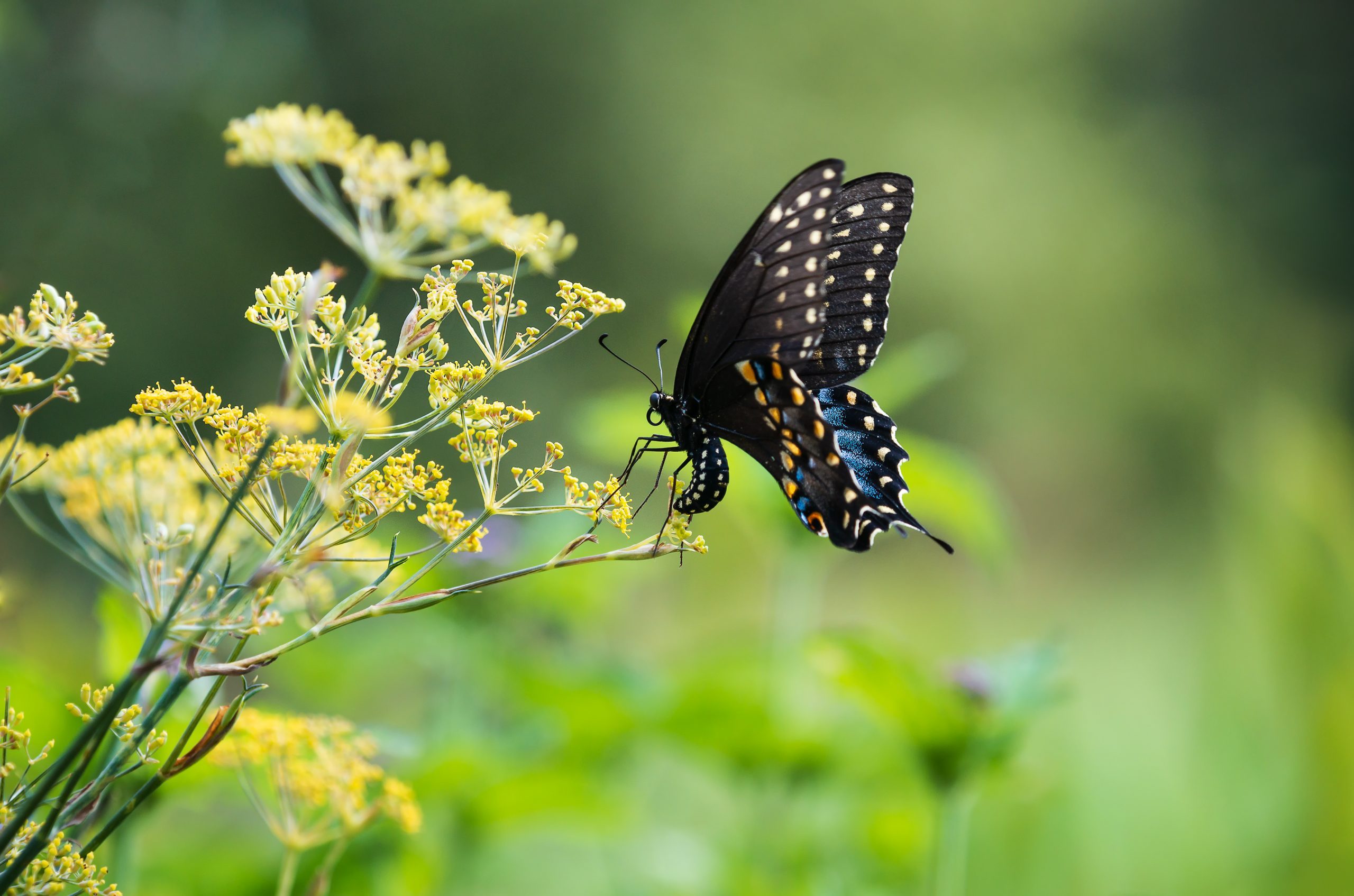
Host Plant
You may be growing flowers that attract butterflies to your garden, but where did that butterfly come from? It originated on a host plant, i.e. a native plant where butterflies and moths lay their eggs.
“A butterfly doesn’t deposit her eggs on just any old plant,” says Jessica Walliser, author of Attracting Beneficial Bugs to Your Garden. “She is very specific about finding the host plant or one of a range of host plants that will nourish her young. She uses scent and sight to seek them out.”
Perennials like milkweed, asters and ironweed are a few examples of host plants. Oak, birch and willow trees also provide food for caterpillars, as do parsley, dill and fennel herbs. Each species of butterfly has its own specific host plant that supports them in their larval stage. Without these plants, butterflies cannot complete their life cycle.
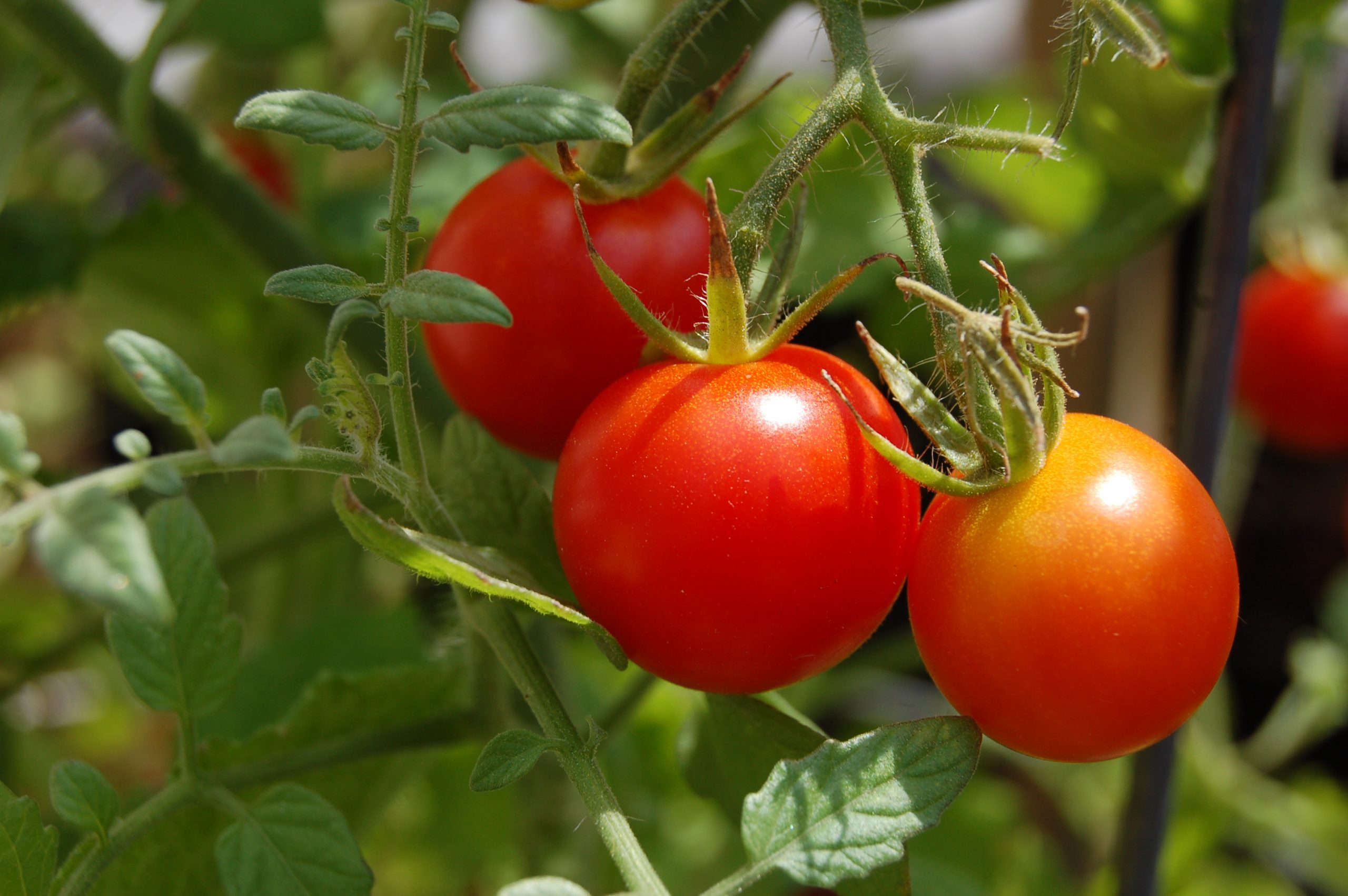
Determinate vs. Indeterminate
When buy tomato seeds or plants, you’ll see one of these two words on the packet or label. Here’s how to know which type will work best for you.
Determinate tomatoes tend to be smaller plants with fruit that ripen earlier in the season. They grow to a specific height, bloom and produce all their fruit at once.
Determinate tomatoes are what you want if you’re growing your tomatoes in containers, or if you live where the growing season is relatively short. It’s also handy to have tomatoes that all ripen at the same time if you plan to can them. Determinate tomatoes work great for this purpose.
Indeterminate tomatoes can grow upwards of eight feet tall, so they work better for in-ground plantings. You’ll need a tall cage to support them as they grow and set fruit along their stems all season.
Because they produce so many shoots, people often prune some of them off the plant. That makes the plant produce fewer but larger fruits on stronger stems. If you want to harvest small amounts of fruit throughout the growing season, choose indeterminate tomatoes.
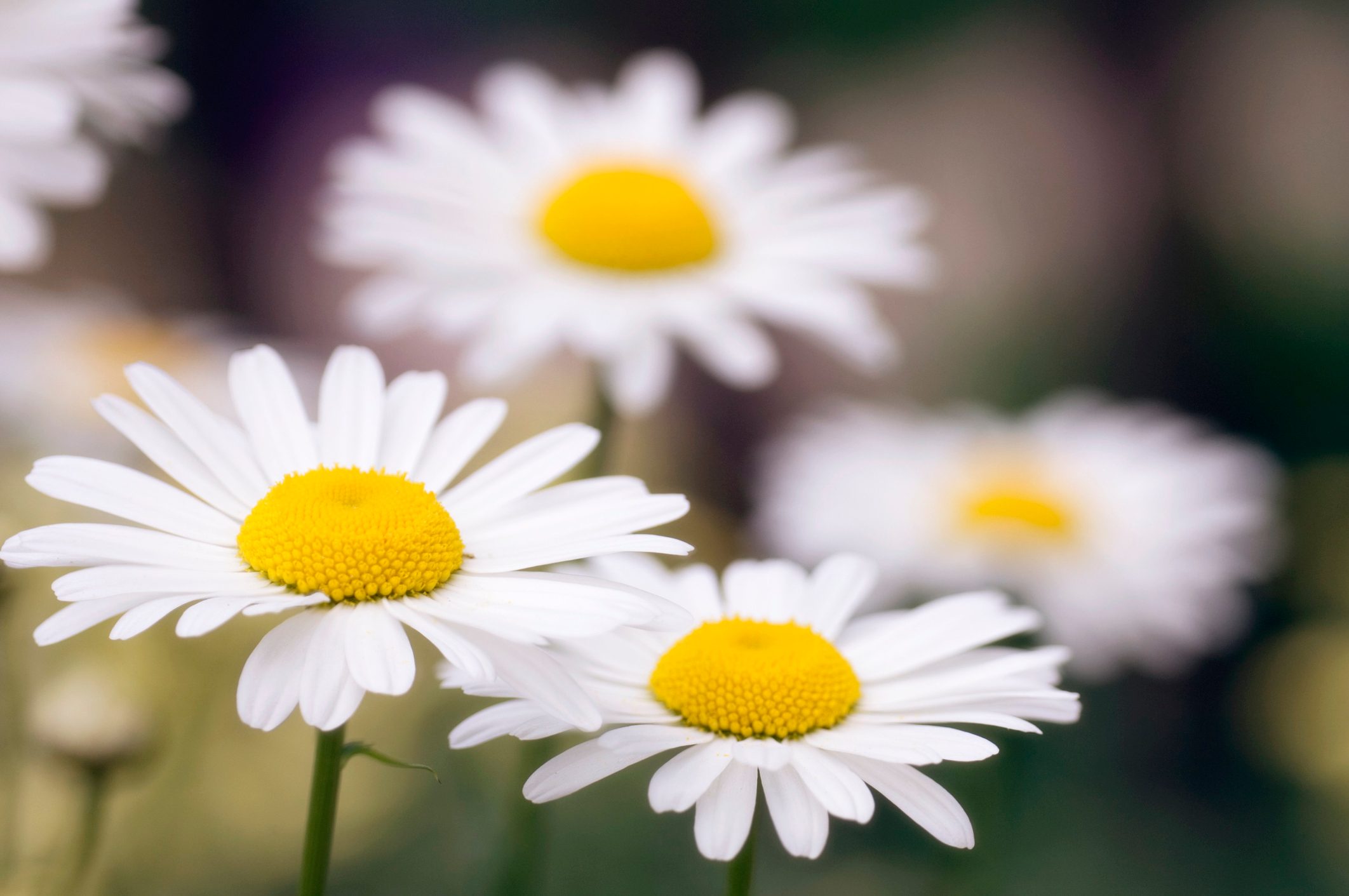
Vernalization
This is a word people who live in USDA Plant Hardiness Zone 8 and warmer should know if they plan to grow perennials. It can be frustrating to see so many perennials recommended only for cooler zones. But there’s a reason for this.
Many kinds of perennials, including shasta daisies, bee balm and speedwell, require a cold winter resting period to produce flowers. That ranges from six to 10 weeks of continuous cold temperatures below 45 F. That process is called vernalization.
North of USDA Plant Hardiness Zone 7, Mother Nature takes care of this for us. But where winters are too warm, perennials that require vernalization will not bloom well or at all the following year. What’s the sense of growing daisies if they don’t bloom? Pay attention to zones so that you can be sure your perennials will produce flowers.
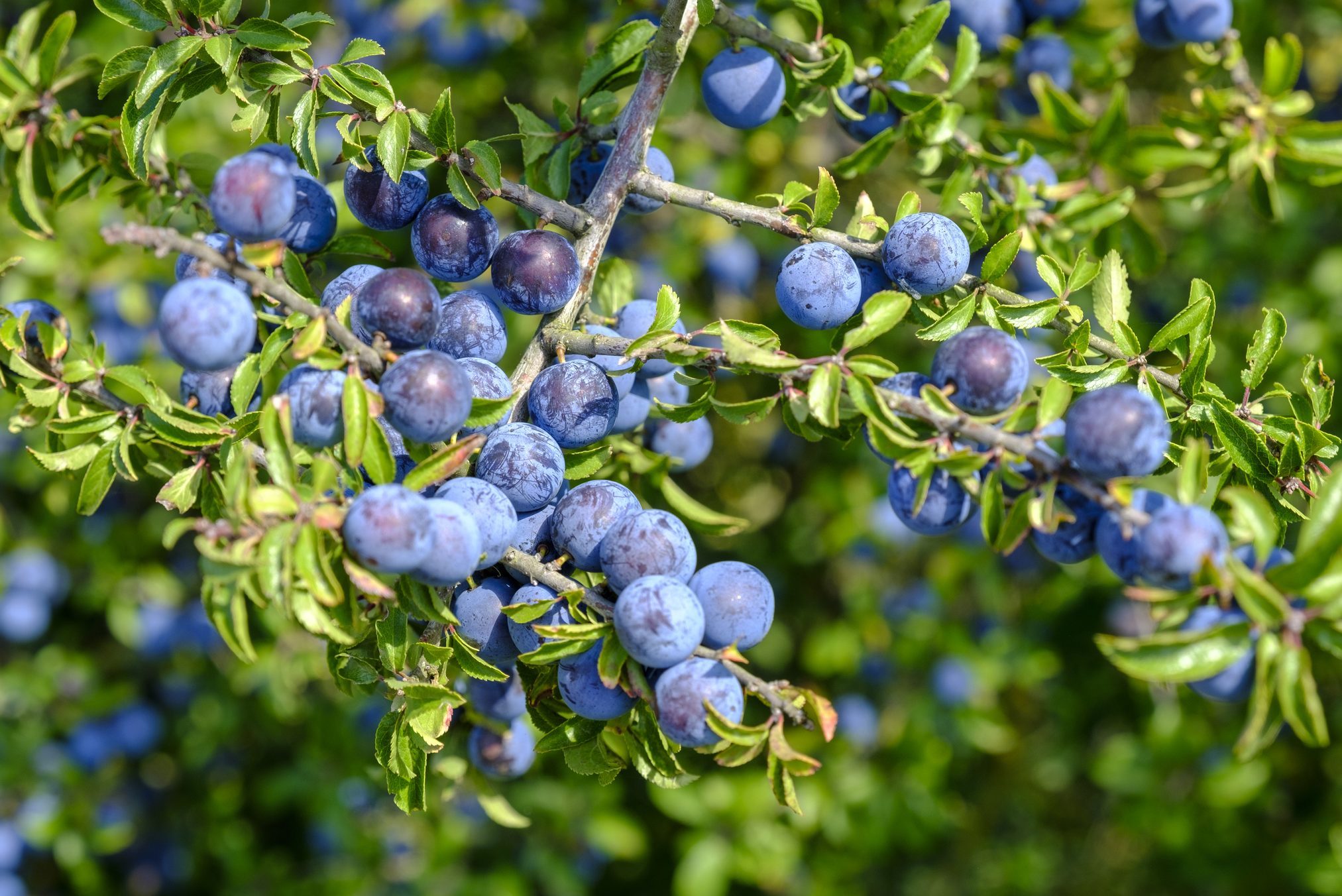
Fertile vs. Sterile Plants
Some plants produce offspring and some cannot. Fertile plants can be pollinated and produce seeds or fruit as a result. Sterile plants produce nectar but cannot produce any offspring because they don’t set any seeds or fruit.
You want a plant to be fertile if you plan to harvest its fruit or save its seeds to sow the following year. But some fertile plants can reseed far and wide, which can become problematic. Burning bush shrubs bear fertile fruit which birds devour. When they excrete the seeds, new burning bush plants sprout readily and can overtake native vegetation.
Plant breeders strive to make some types of plants sterile so that they can’t reproduce. One reason is to make sure the plant cannot reseed and become invasive. Sterile plants can also be beneficial because they help a plant stay in bloom much longer. Sterile forms of petunias bloom continuously from spring into fall, while fertile ones quit around midsummer and start producing seeds instead of more flowers.
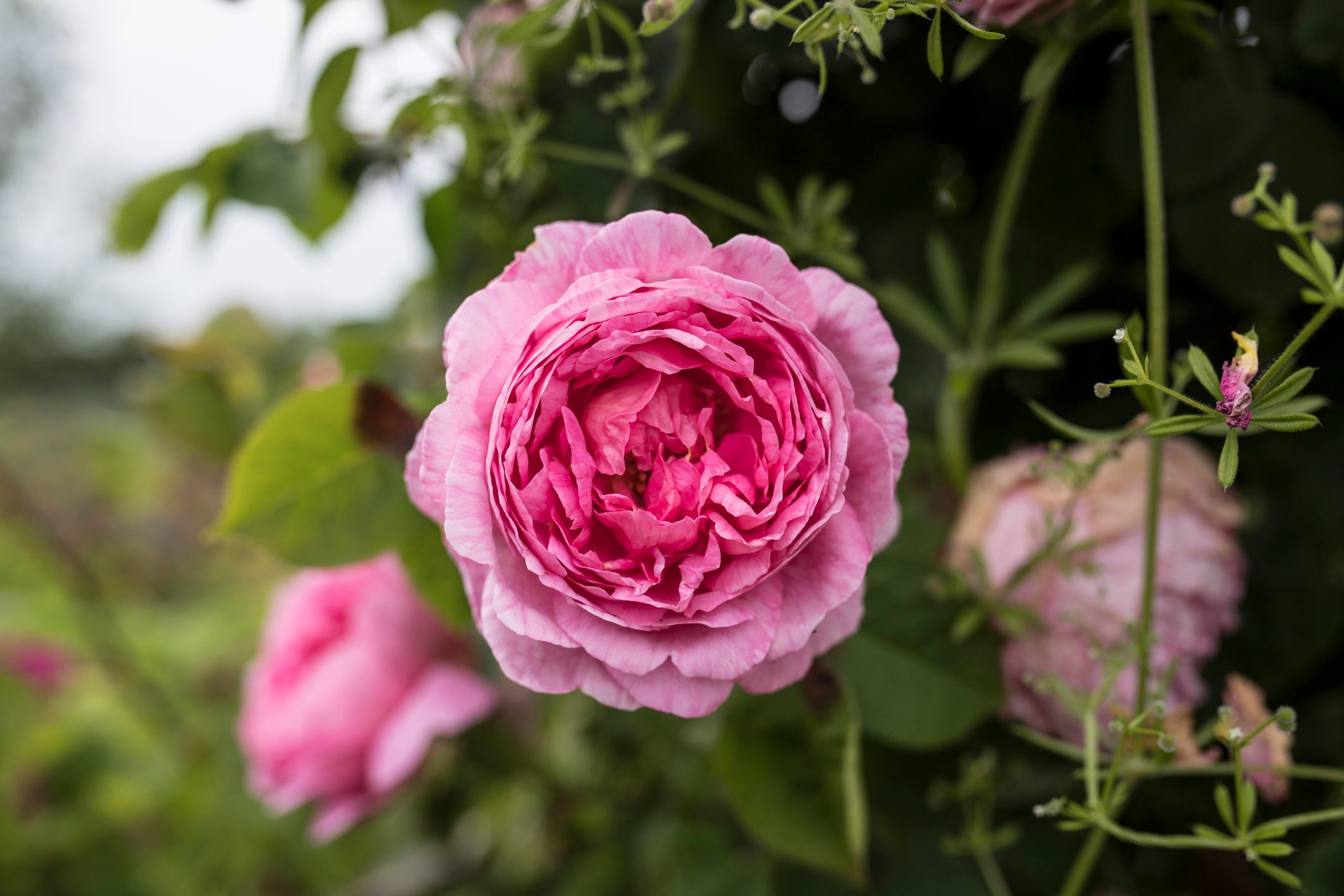
Rebloom vs. Everblooming
Some plants bloom more than once per season. Reblooming plants bloom twice per season, usually with at least a few weeks in between. Reblooming varieties of hydrangeas bloom in early to midsummer, then again in late summer to early fall.
Everblooming plants produce flowers nearly continuously for much of the season. Once they start, they keep right on blooming until frost kills the plant back. Annual flowers that bloom non-stop all season are considered everblooming.
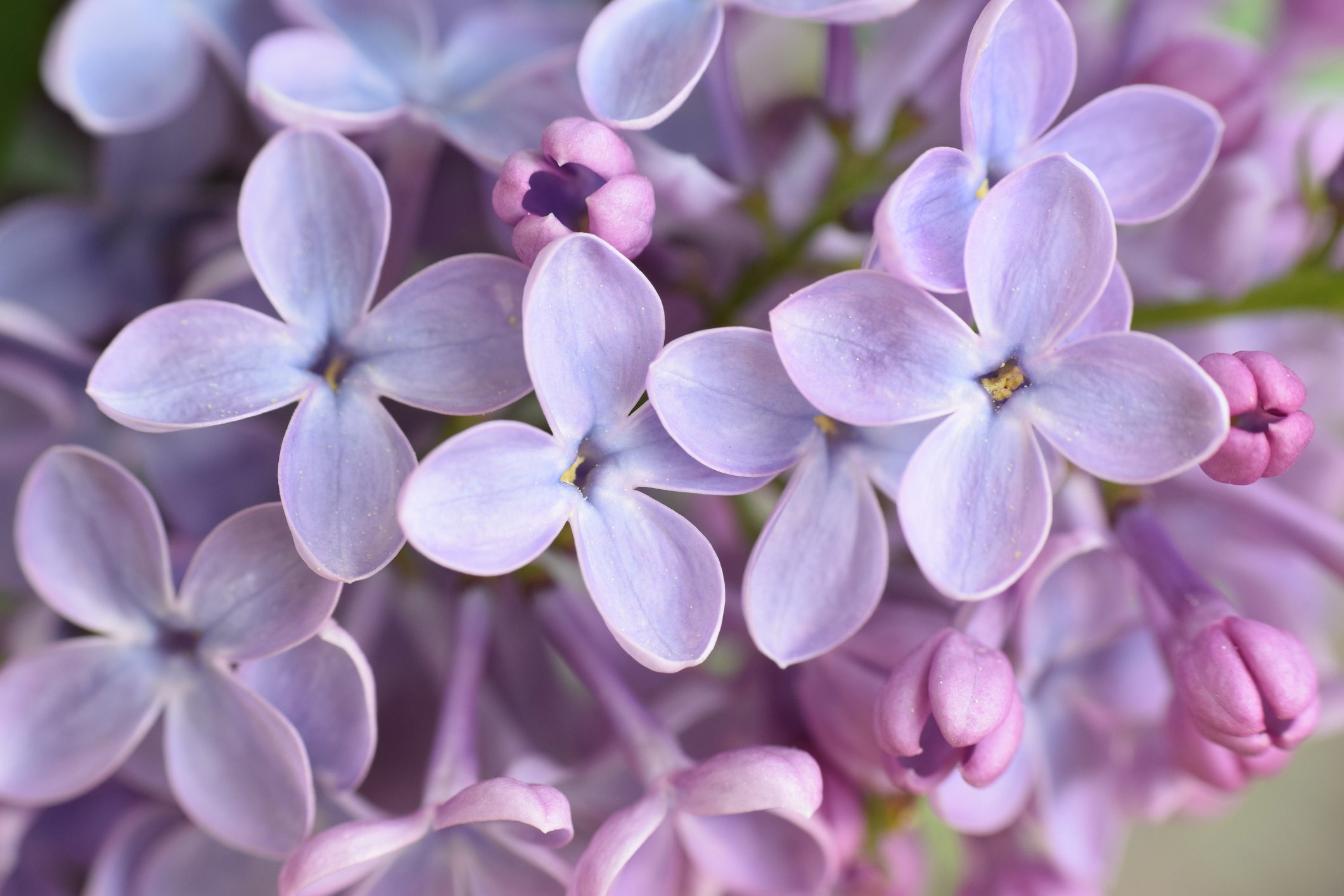
Old Wood vs. New Wood
These are important terms to know when it’s time to prune your flowering shrubs. The ones that produce their flower buds on the stems the year prior to blooming are said to bloom on “old wood.” Conversely, those that set their flower buds and bloom the same season are said to bloom on “new wood.”
Lilacs is a shrub that blooms on old wood. Within a month or two of finishing their spring blooms, they set their flower buds for next year on the existing stems, or old wood. If you prune lilacs in the fall or spring, you’ll remove the flower buds and the plant won’t bloom that year. Shrubs that bloom on old wood should only be pruned immediately after they are done flowering.
Roses bloom on new wood, meaning their buds appear on the new stems and bloom that same season. In early spring, prune down the top one-third of your rose bush to allow fresh new growth to fill in. It’s safe to prune then because the flower buds haven’t yet formed.
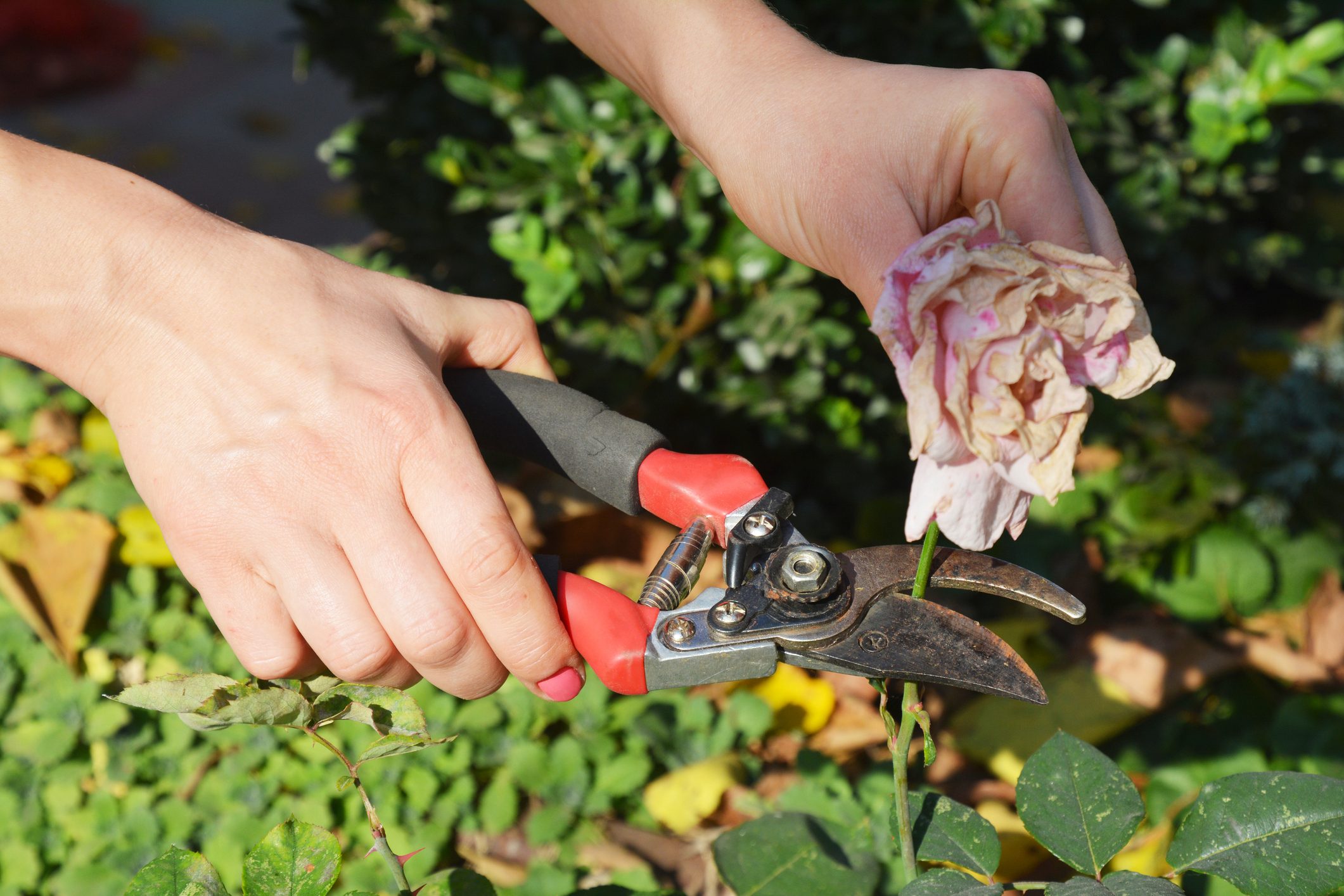
Deadhead
What a strange name for the simple act of removing a plant’s spent flowers. When a plant is done blooming, deadhead it by removing all the browning flowers at once with one quick snap of the hedge shears. Salvia, catmint, speedwell and penstemon are a few plants you can deadhead this way.
Deadheading can also be done on selectively, such as pruning a few spent roses off the bush. This task is more easily accomplished with a pair of hand pruners or snips so you don’t damage the rest of the plant.
People often deadhead their plants to tidy up their appearance, but deadheading is also important for plants you don’t want to spread by seed. By removing the spent flowers before the seeds are produced, you eliminate the plant’s ability to spread.
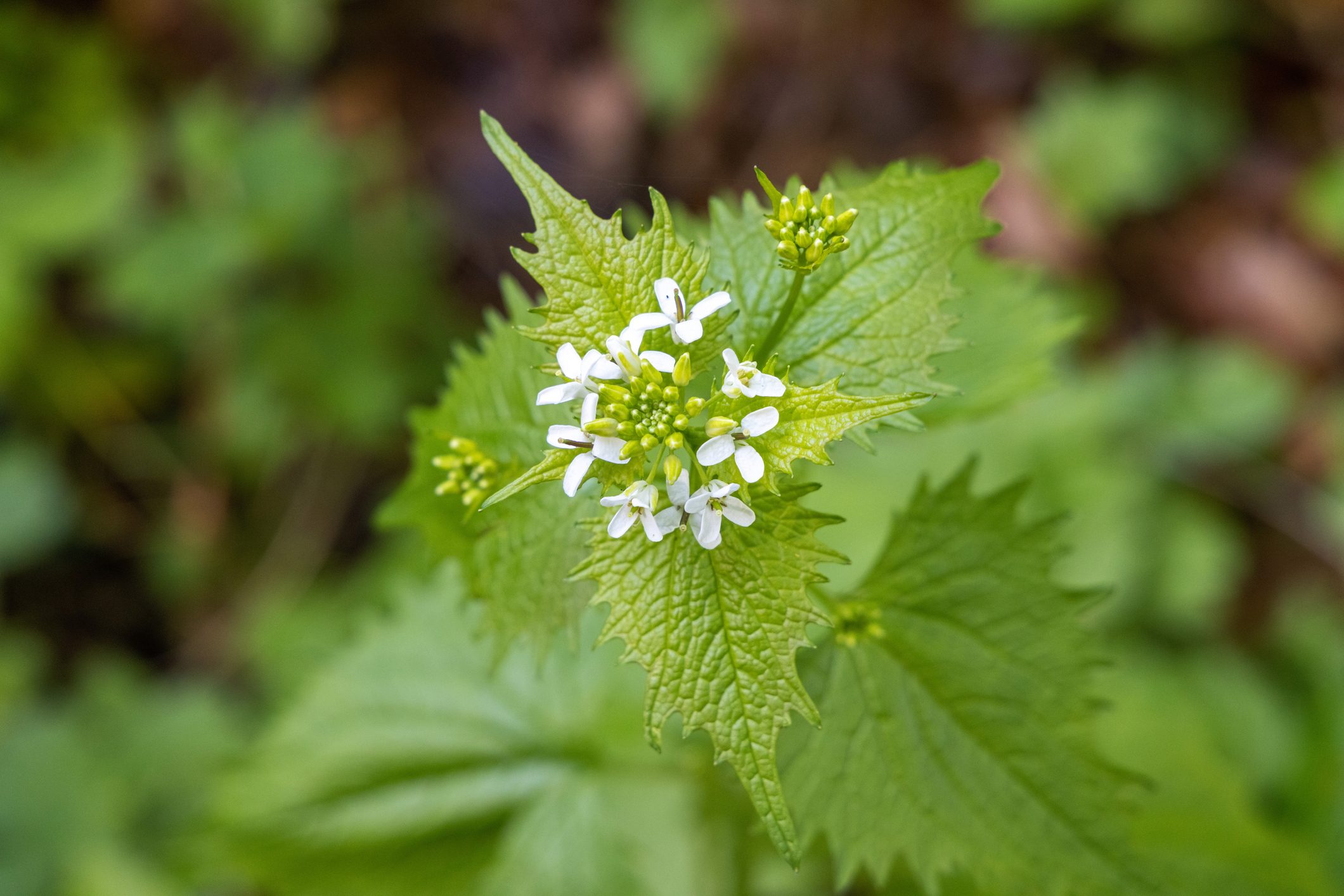
Invasive Species
You may hear some gardeners refer to any plant that spreads, including those sold as a ground covers, as invasive. But there’s a strict definition developed by the U.S. Department of Agriculture: An invasive species is “any plant, animal or other living organism that is not native to a particular ecosystem and whose introduction causes, or is likely to cause, economic or environmental harm or harm to human health.”
Invasive species can threaten native plants and animals or cause extinction. They can also dramatically change the biodiversity of a landscape.
The Emerald Ash Borer is an invasive pest that likely arrived in wood packing materials from Asia. It has subsequently killed tens of millions of our native ash trees in 30 states. The invasive beetle that spreads oak wilt disease is also wreaking havoc on our nation’s red and white oak trees.
Garlic mustard is a non-native invasive plant brought to North America from Europe in the 1800s for medicinal purposes and food. It has since become one of the worst invasive species in forests across the Northeast and Midwest. A single plant can produce thousands of seeds. Plus, it’s allelopathic, meaning it secretes chemicals that poison other nearby plants to eliminate its competition.
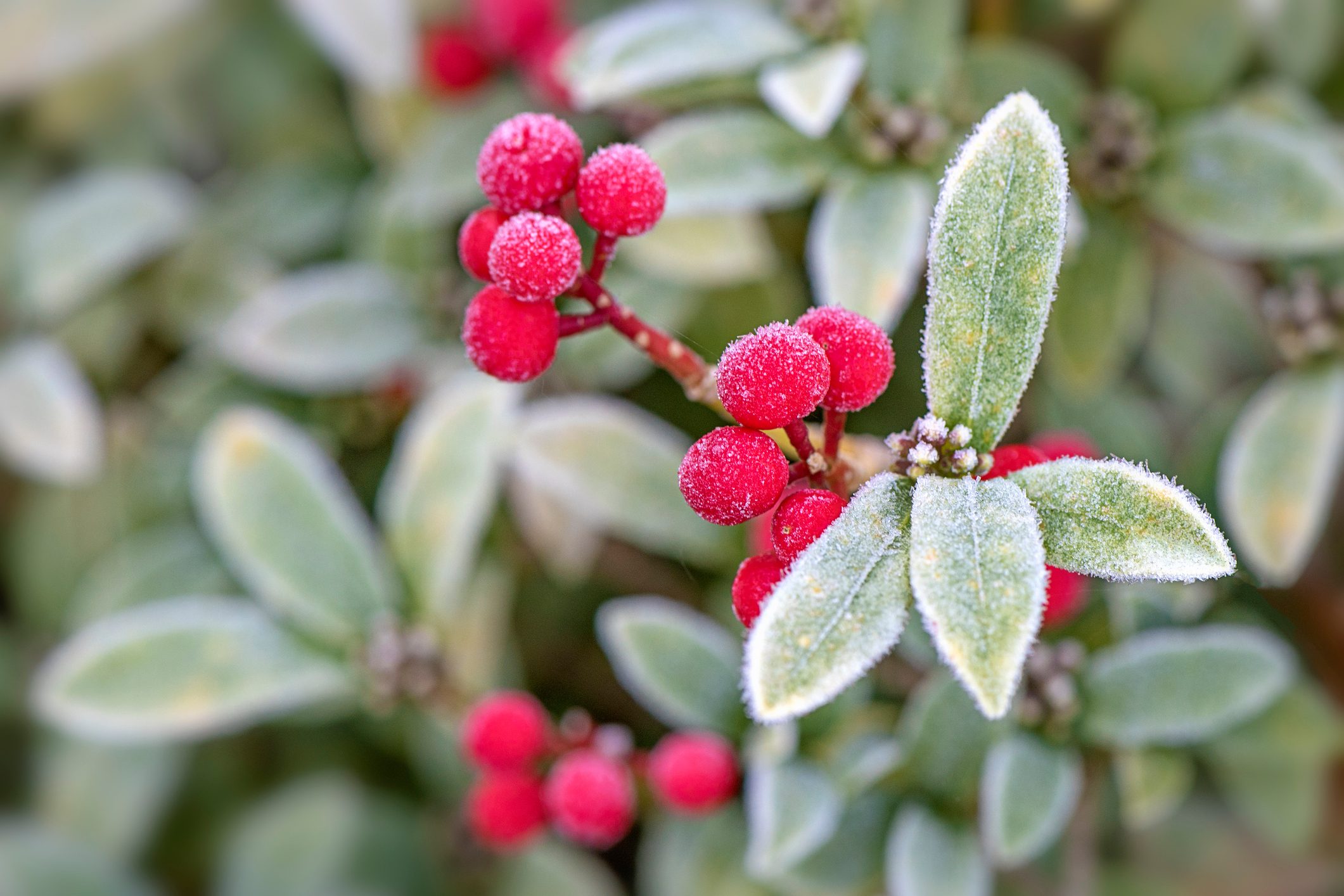
Last Frost Date
This refers to the average last day in the spring your area is likely to experience frost. It isn’t absolute — there’s about a 30 percent chance your last frost will come earlier or later, so watch the forecast closely. If predicted temperatures remain below 32 F, it’s too early to plant outdoors.
Your last frost date varies greatly depending on typical area weather, your elevation and whether you live in the country or an urban area. Concrete in big cities tends to absorb and radiate heat, creating pockets of warmer air that often makes the average last frost date earlier in the city than the suburbs or rural areas. Chicago has a last frost date of April 17; 30 miles west in Naperville, Ill., it’s May 4.
Most seed packets will reference your last frost date, so it’s important to know what yours is. Getting this timing right ensures your seedlings will be ready to transplant into the garden at just the right time in spring. Here’s how to find your date.
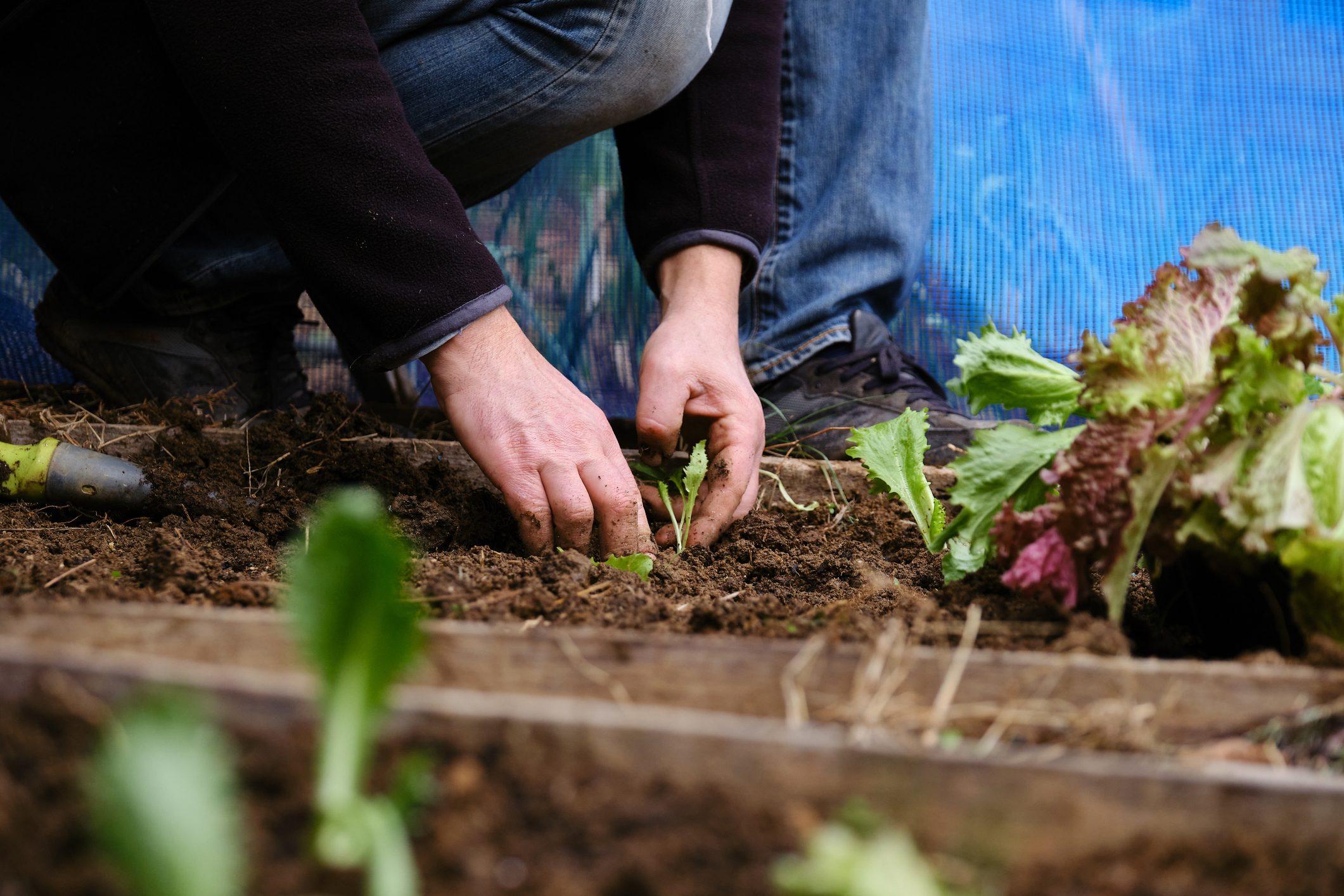
Days to Maturity
This is a term you’ll often see listed on vegetable seed packets. It means the average number of days it takes from planting until the fruit is ready to harvest.
Sounds simple, right? Almost. Lots of variables can alter how long it takes a plant to mature. Soil temperature, air temperature, moisture, sun exposure and time of year are a few.
For seeds sown outdoors into the soil, like beans, corn and lettuce, the days to maturity are measured from the day the seed germinates to the day you harvest. But for seeds started indoors, the maturity period runs from the day you transplant the seedlings outdoors until harvest.
Don’t take the number of days to maturity verbatim. Instead, use it as a guide to know which varieties take more or less time to ripen.
A Patio Sunshine cherry tomato ripens in 45 days and a Beefsteak slicer tomato takes 96 days. If you live where the growing season is short, choose Patio Sunshine to be sure your tomatoes will be ready to pick before frost hits. If your growing season is long, this is much less of an issue.
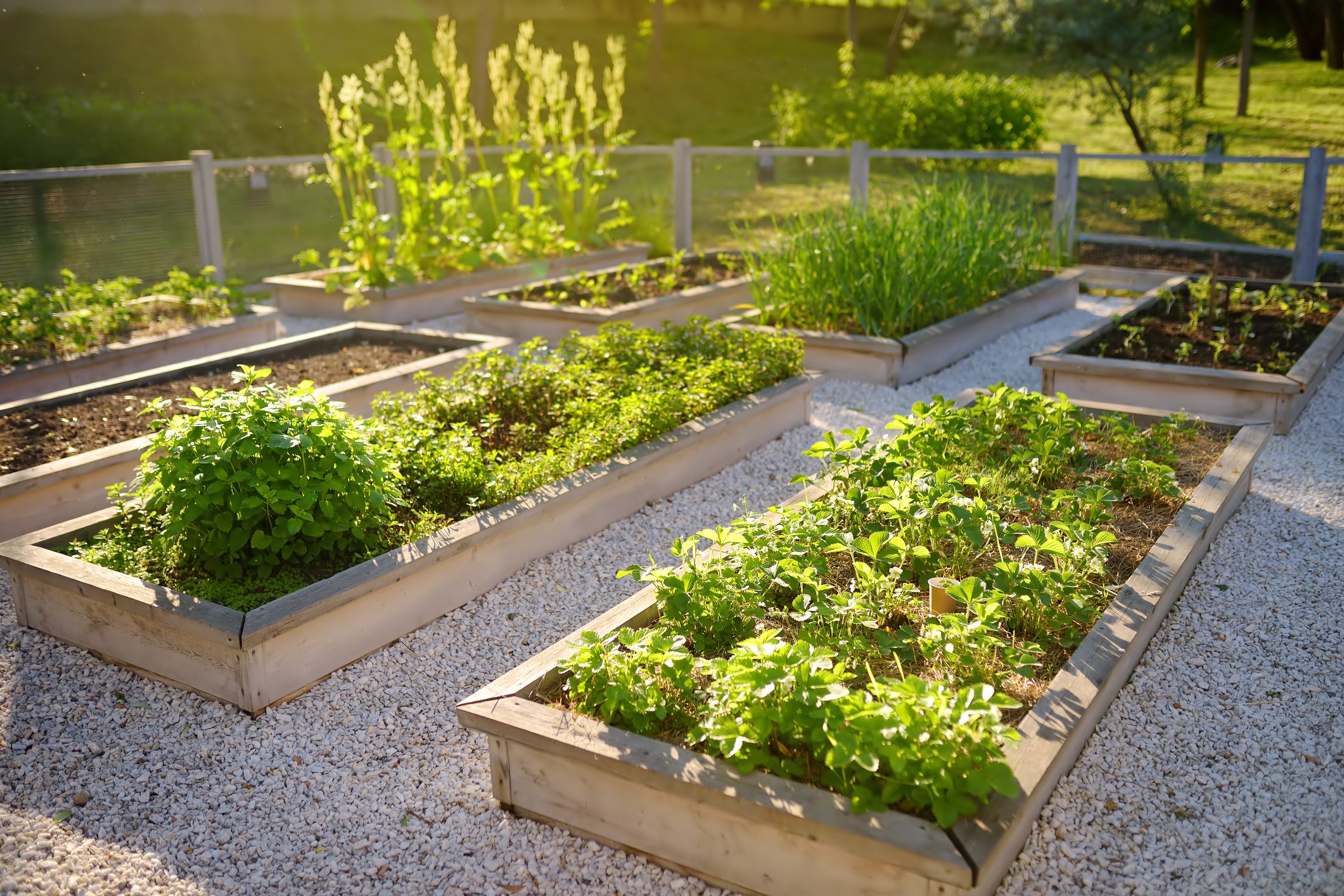
Full Sun, Part Sun, Part Shade, Full Shade
Plants all have a particular preference for how much light they need to thrive. You’ll find this information on the plant label or online description stated as one of these four categories:
- Full sun: More than six hours of direct sun per day.
- Part sun: Four to six hours of direct sun per day, most coming in the afternoon.
- Part shade: Four to six hours of direct sun per day, most coming in the morning.
- Full shade: Less than four hours of direct sun per day.
Some plants are fussy about sun or shade, but many will flourish in a range of light conditions — say, in full sun to part shade. They may produce more flowers and grow faster in more sun, but you’ll find their performance in part shade to be perfectly acceptable.
Those that prefer part shade to full shade may be equally happy in both locations. Choose plants that fit your light conditions so they will thrive.
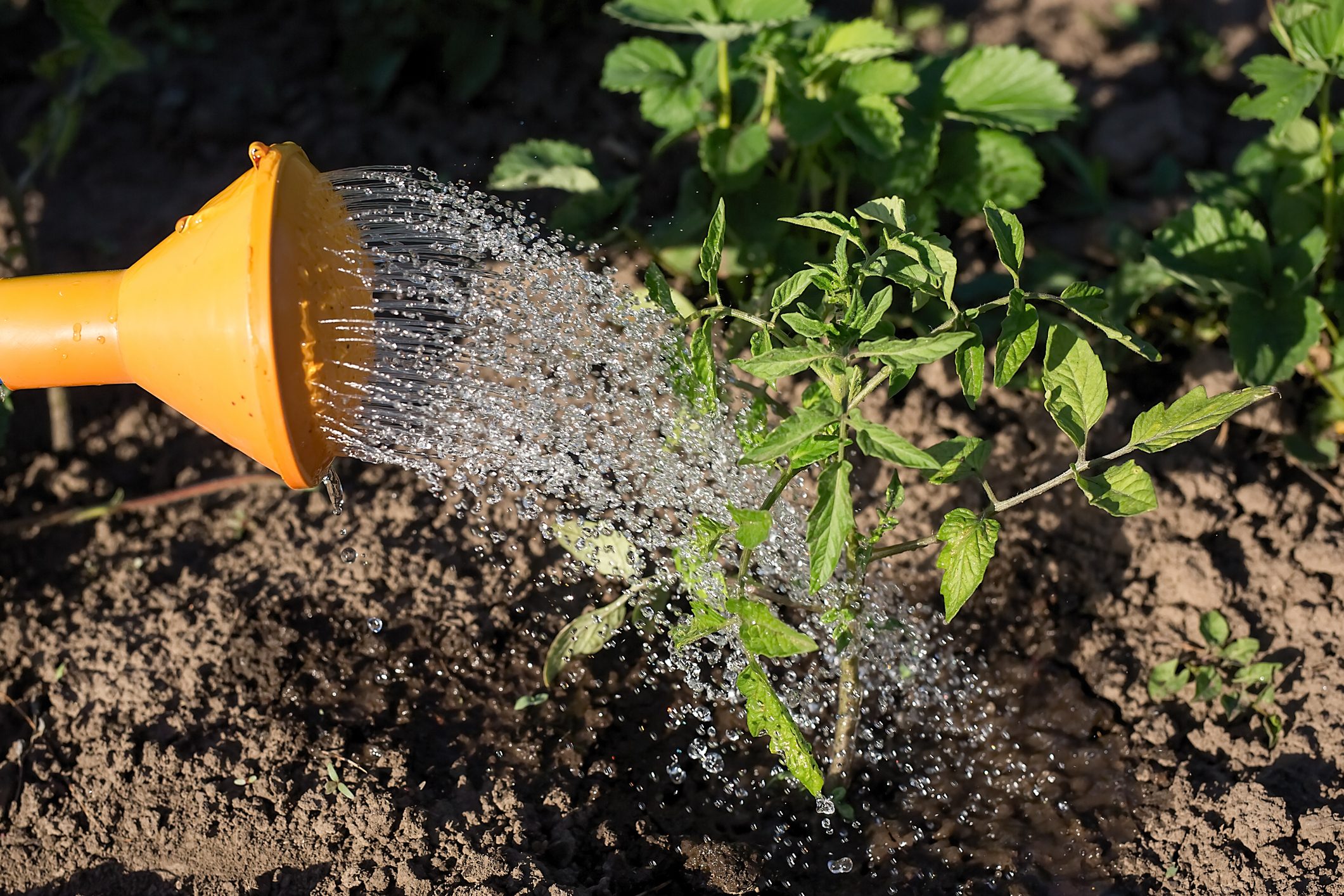
Well-Drained Soil
Many plants prefer well-drained soil, meaning it isn’t overly wet or dry. Water percolates through it at a reasonable rate without puddling for long periods. Sandy, woodland and loam soils are typically well-drained, but clay soil or soil with underlying rock or a high water table are not.
To test your soil, dig a 12- x 12-inch square hole. Fill it with water and let it sink in overnight. The next day, fill the hole with water again. But this time, use a yard stick to measure how quickly it drains.
Well-drained soil drains one to three inches per hour. Poorly drained soils drain at less than one inch per hour. Fast-draining soils drain four inches or more per hour.
Well-drained soil holds water just long enough for your plants to absorb the moisture. If the soil drains too quickly, they may not have a chance to take it up. If it drains too slowly, your plants will be deprived of oxygen for too long and the roots may rot.
You can gradually improve the drainage of your soil by adding organic amendments such as shredded bark and leaves, compost and humus.
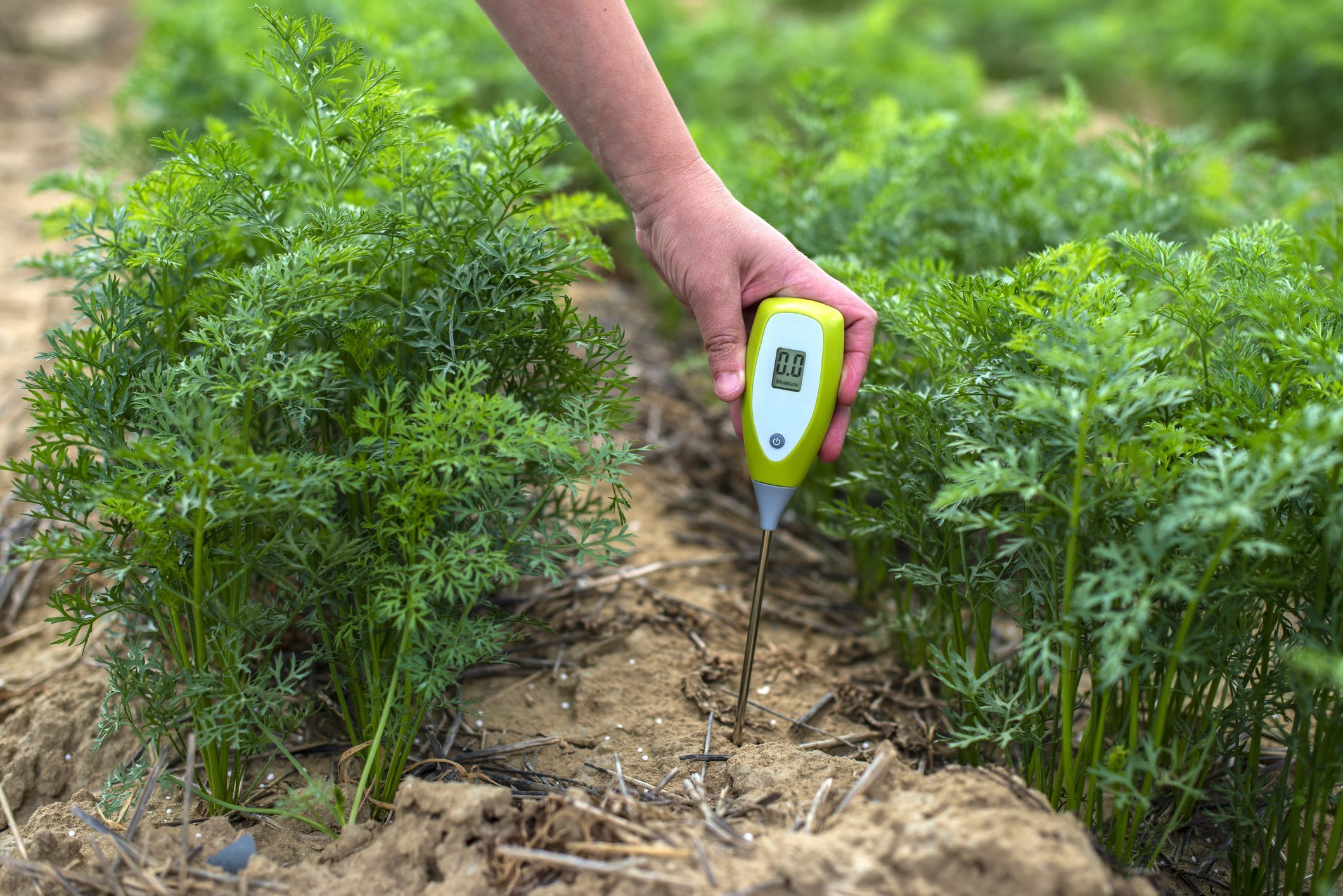
Acidic vs. Alkaline Soil
Your soil is naturally acidic or alkaline depending on its pH. That’s a scale that runs from zero to 14. Anything under seven is acidic and over seven is alkaline. Most plants thrive in slightly acidic to slightly alkaline soil with a pH range of 6.0 to 7.3.
Why does your soil’s pH matter? Because your plants’ ability to absorb nutrients depends on it.
Imagine all those healthy nutrients waiting in the soil for the roots to soak them up. If the pH is too acidic or too alkaline, the door shuts so the nutrients can’t get into the roots. Even if you add more nutrients to the soil, the plants still can’t access them because the door is shut. You can open those doors by adjusting the soil’s pH.
Some commonly grown plants that prefer a more acidic pH are blueberries, raspberries, rhododendrons and azaleas, conifers, birch and oak trees. A few that enjoy more alkaline soil include clematis, lilacs, forsythia, garlic and asparagus.

